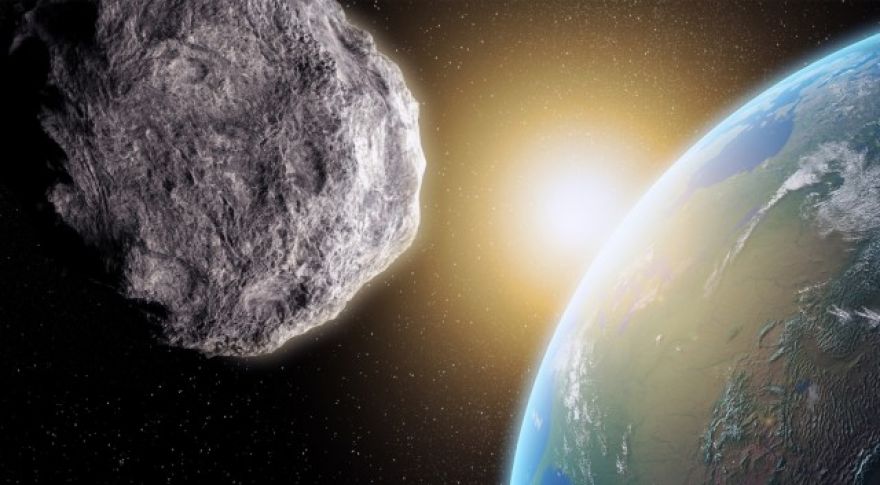
Australian Crater Confirmed as World’s Oldest Impact Structure
Scientists studying an ancient impact crater in the Australian Outback have finally managed to date the structure, and “ancient” is a bit of an understatement. The Yarrabubba crater was formed by an impact some 2.2 billion years ago, making it the . This date also suggests that the Yarrabubba impact may have helped Earth claw its way out of a global ice age.
The Yarrabubba crater is so old that the crater rim has completely eroded, but scientists were able to identify it from the geological composition and the Barlangi rock formations near the center. The 43-mile (70-kilometer) structure is difficult to study thanks to its remote location in western Australia and the accumulation of more modern geological deposits on top of it.
The team NASA Johnson Space Center and Curtin University in Australia managed to calculate its age by carefully examining minerals extracted from the base of the crater. The research focused on zircon and monazite, which are commonly found in impact craters and known as “shocked minerals.” That simply means they were recrystallized by the impact, and these two minerals are useful as a “geologic clock.” The crystal structures pick up uranium but not lead. The uranium decomposes into lead at a known rate, allowing the team to accurately measure the age of the crystals, and therefore, the approximate date of the impact.
The final figure of 2.229 billion years is an interesting one — that’s right at the tail end of an era in Earth’s history known as Huronian glaciation when most of the planet’s surface was frozen. The increase in photosynthesis during the previous billion years caused carbon dioxide levels to drop, cooling the climate. The Huronian glaciation led to a mass extinction on Earth, and the 4.3-mile (7-kilometer) that smacked into Australia may have given life another shot.
Based on the date and location of the impact, scientists speculate that the Yarrabubba object struck a thick sheet of ice when it landed. This would have released a massive volume of water vapor into the atmosphere, which is an effective greenhouse gas. Over the next several million years, Earth warmed, and more complicated forms of life evolved. Although, it would take another 500 million years or so for multicellular life to appear.
Having successfully dated the Yarrabubba crater, it should not be possible to analyze other ancient formations. Even older craters may exist on Earth, but few may be as pivotal to the planet’s history as the Yarrabubba crater.
Now read: